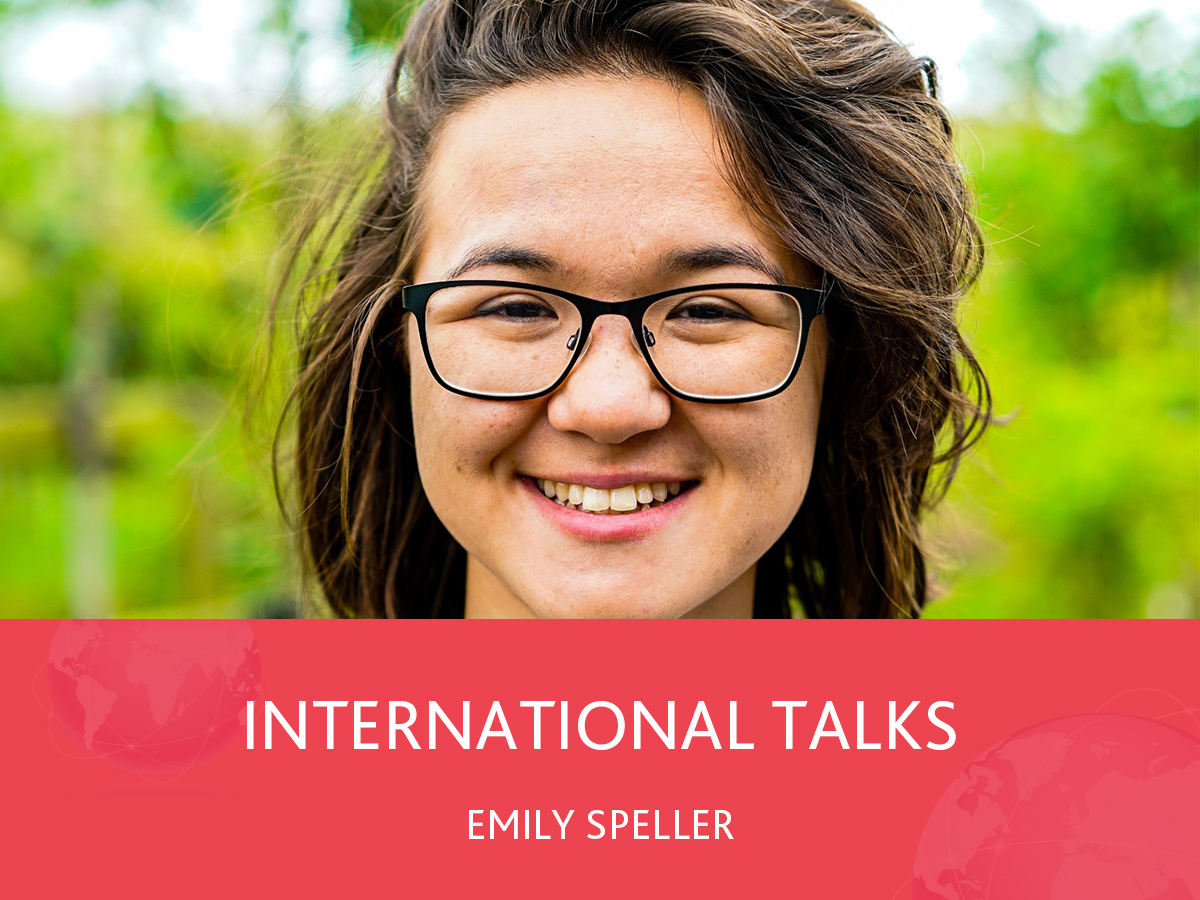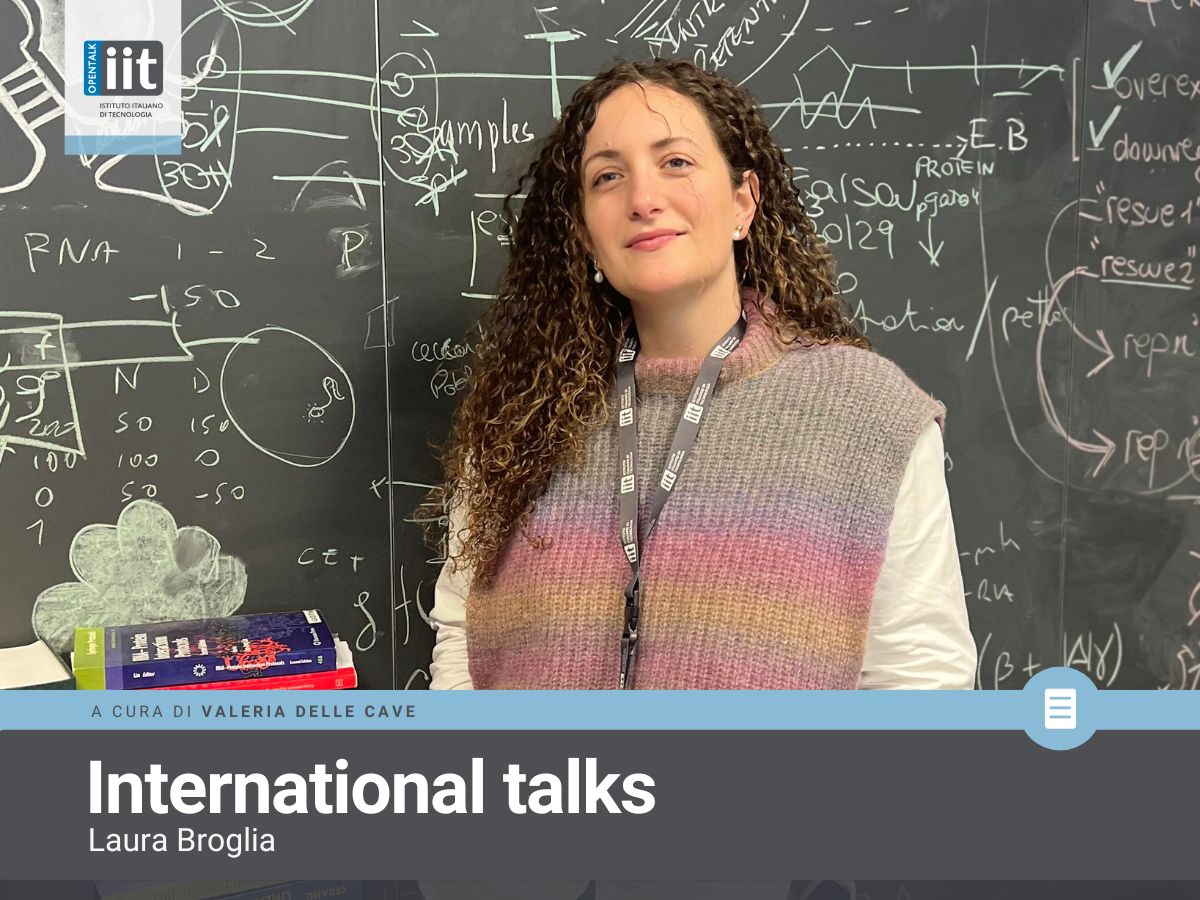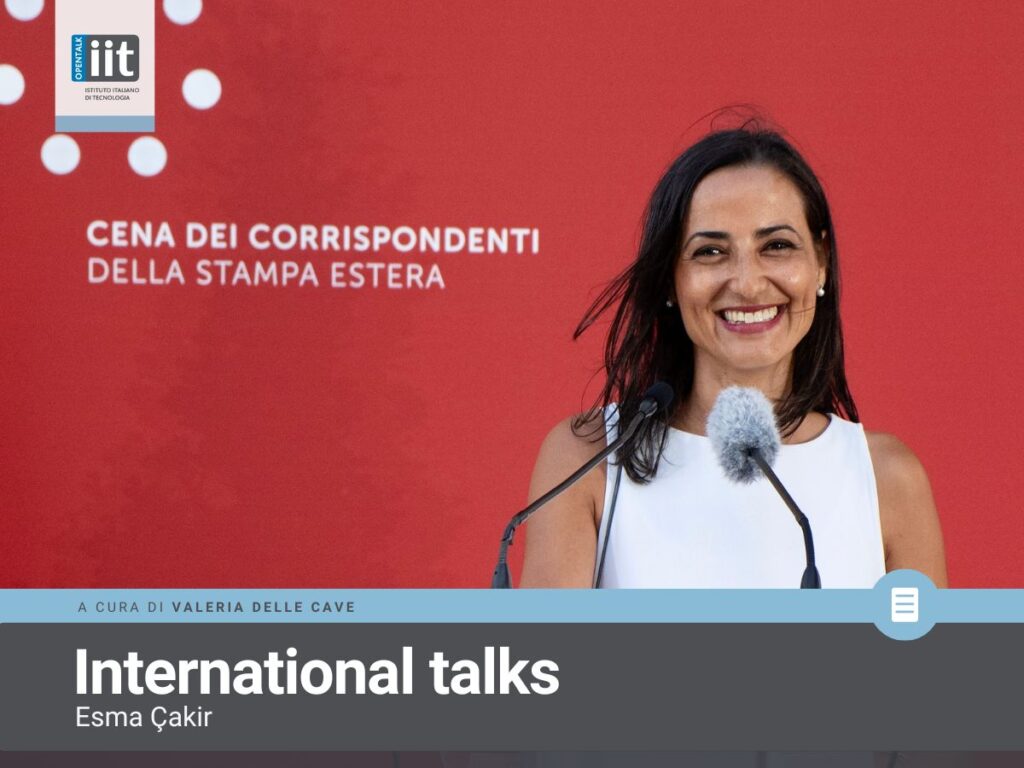Printable Photovoltaics: Powering the Future
Global warming is the most critical issue currently facing mankind: the latest projections by climate scientists highlight the limited time remaining to cut carbon emissions.1 Photovoltaics are a clean sustainable energy solution that could replace fossil fuels. In fact, the amount of solar energy that strikes the Earth in one hour is enough to meet the global energy demand for a whole year. However, despite the technology being commercially available for decades, photovoltaics still only provide 2% of the world’s energy.
Perovskites are a new class of semiconducting material, which is under the spotlight for photovoltaic and other optoelectronic applications. Perovskite solar cells have already rapidly reached impressive power conversion efficiencies (on labscale) and have qualities that give them the potential to revolutionise solar energy. They are printable, meaning they not only could be cheaper than traditional silicon photovoltaics but also can be flexible, lightweight, or easily integrated into buildings depending on which substrate they are printed, making them more versatile, opening up almost unlimited applications for power generation. Moreover, their tunable optical bandgap makes perovskite solar cells able to excel in a broad range of applications such as tandem devices for increased absorption of the solar spectrum, transparent for use as windows or for indoor lighting to power small electronics.
I have always been conscious of environmental issues and after completing my Masters in Physics at the University of York, UK, I decided that working in research and development of renewable energies would be a fulfilling career for me to pursue. I undertook a PhD within a science and innovation centre that focussed on developing “buildings that can generate, store and release their own heat and electricity from solar energy” at Swansea University, UK. My project investigated the photochemical stability of materials used for another type of thin film photovoltaic, organic solar cells. I am now an early stage researcher on a European project MAESTRO whose aim is “making perovskites truly exploitable”.
MAESTRO is a consortium of 17 academic and industrial partners from across the EU and associated countries, working together. This project aims to generate new skills, knowledge and innovation in the exploitation of perovskite materials for optoelectronics through the training of 15 early stage researchers working predominately on improving solar cell upscaling and stability.
Here at IIT, we are using a photophysical approach to probe the processes behind perovskite solar cell stability. A combination of structural and chemical characterisation techniques will be coupled with advanced optoelectronic spectroscopies to develop an understanding of the properties of perovskite under aging stresses, such as light, heat, oxygen and humidity. By testing under isolated stress factors, it will be possible to identify stability issues and develop an understanding of the associated degradation mechanisms. Solar cells will be fabricated, aged and characterised in order to observe how these stability issues manifest in devices under working conditions. By testing different perovskite materials and methods to mitigate instabilities, our goal is to develop guidelines for material and device design towards improved stability.
Through the network, I can easily collaborate with the other partners on projects, and will have the opportunity to do secondments at the University of Oxford and the National Physical Laboratory during the course of my fellowship. Additionally, since MAESTRO is an innovation and training network, I will be trained and exposed to different aspects of the “lab to fab” process, gaining a broad range of skills, including those needed for innovation and entrepreneurship. Overall, this fellowship will provide me the opportunity to conduct collaborative research on an exciting new technology with potential for real-life impact, whilst developing my skills for my future career, be it in research, industry or innovation.
___
Emily Speller is an early stage researcher on the Marie Skłodowska Curie Action European Training Network, “MAking pErovSkites TRuly explOitable” (MAESTRO) https://maestro-itn.eu/. She works in Milan at the IIT Centre for Nano Science & Technology under the supervision of Dr Annamaria Petrozza.
The MAESTRO project has received funding from the European Union’s Horizon 2020 research and innovation programme under the Marie Skłodowska-Curie grant agreement No 764787.





